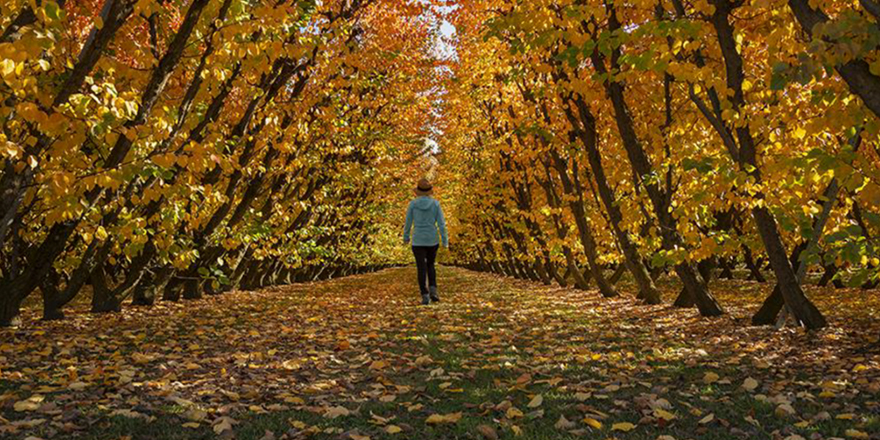
Executive summary
The management of non-replacement calves, or bobby calves, is a constant challenge for the New Zealand Dairy industry. Since 2014, the public scrutiny of the practice has continued and is unlikely to stop. With bobby calf numbers now in a relatively steady state since growing from 876,426 in 1989 to just under 2 million today, it is time to take a serious look at how we can add value to these animals and make a change. We are the sole outlier in the dairy world with other countries having reduced their bobby calf numbers through veal production systems or traditional beef systems. This is a unique situation and poses an immediate risk to the dairy industries public perception, social licence and future export opportunities.
This report will investigate a variety of potential options for reducing bobby calf numbers. Through interviews with dairy farmers and farm advisors as well as two past-the-farm-gate beef businesses. Along with a literature review looking at the history of the industry and the key differences between NZ and our overseas counterparts. Current practises assessed include the current 4-day-old bobby system, rearing Wagyu or dairy beef calves and exploring a rose veal opportunity. However, each of these options has its downfalls, Wagyu calves appear to be harder to rear and are slower growing, Friesian bull market opportunities are inconsistent, and new markets like veal are too small to significantly reduce bobby calf numbers. The key concern for dairy farmers is the ease of calving from beef sires and reduced days in milk due to longer gestation lengths. Many of the current strategies are not scalable to significantly reduce bobby calf numbers.
Through this research, it has been realised that there is a need for stronger collaboration between the dairy and beef sectors, particularly through fixed contracts that offer farmers market certainty. A key theme from the farmer interviews was the lack of integration within supply chains, meaning that there is inefficiency that reduces profitability. Farmers also highlighted that while the industry will always be affected by public concerns, New Zealand’s beef industry size and limited market access are major barriers for absorbing and reducing large numbers of bobby calves. Developing reliable beef markets, and possibly a veal industry, would be essential steps toward creating alternatives to the bobby calf system.
Advances in genetics and technology offer promising avenues for improvement. Using sexed semen to produce high-value replacement calves and selecting high-performing beef sires for non-replacement calves can add value to dairy-beef offspring. This could enable more calves to be integrated into the beef supply chain and address farmers’ main concern of calving ease.
This report concludes that the dairy industry must proactively reduce bobby calf numbers to protect its reputation and export viability. Key recommendations include expanding the use of genetic tools, improving beef market integration through contracts, and scaling the veal market as a viable alternative. The New Zealand dairy industries resilience and adaptability are essential strengths, and by harnessing them, the industry can develop a sustainable model for bobby calf management, as well as adding value. Addressing these challenges will help maintain the industry’s social license, protect its long-term profitability, and secure continued global market access.
Oliver Hampson




